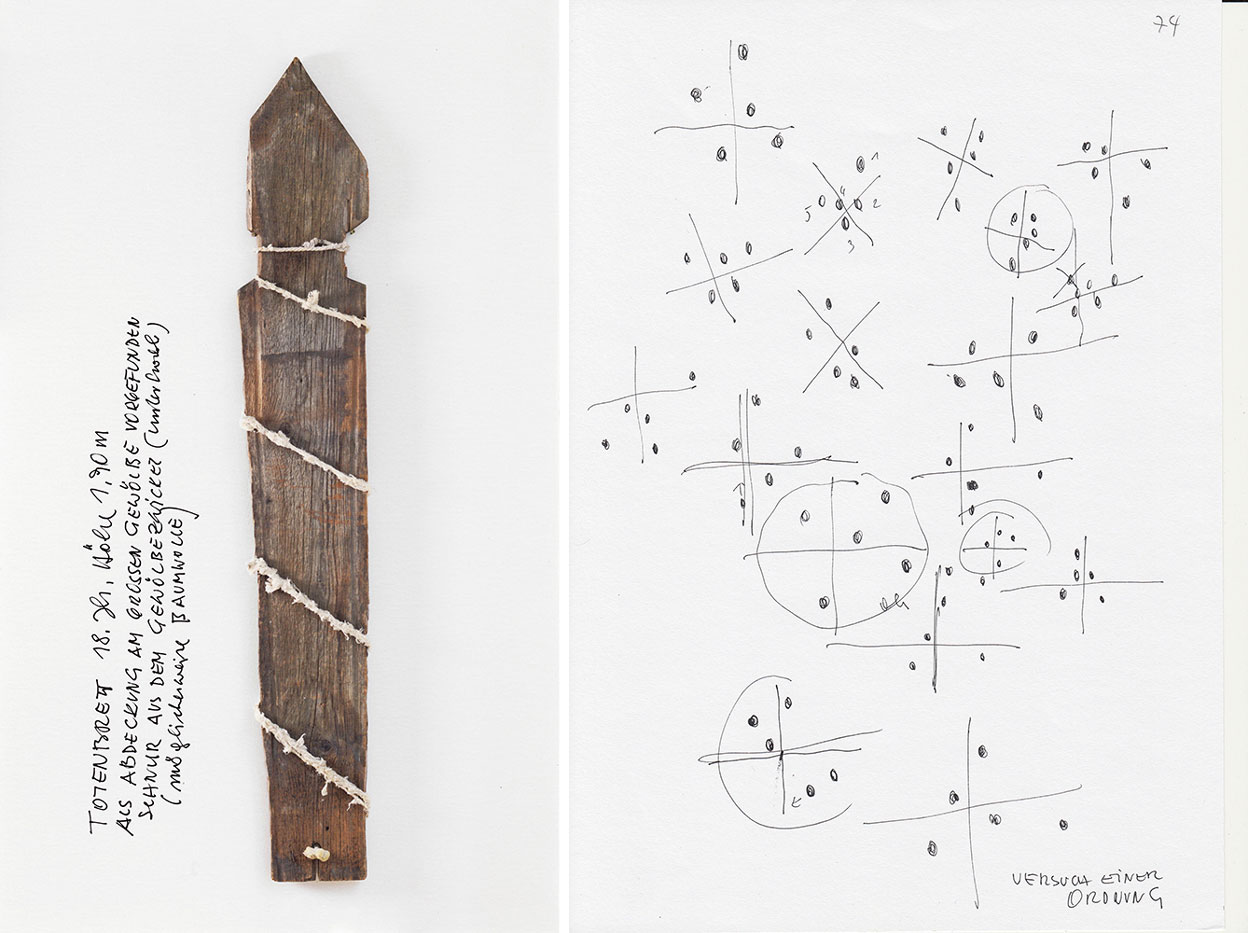ART-PREVIEW:Lois Weinberger-Debris Field
 Lois Weinberger is a pioneer of artistic field research. He first came to international attention with a work for documenta X in 1997, for which he sowed the seeds of invasive plants onto abandoned railway tracks creating a metaphor for the processes of migration in our time. He focuses on the beauty of the unnoticed, the spurned, the hidden of the back sides and brownfields.
Lois Weinberger is a pioneer of artistic field research. He first came to international attention with a work for documenta X in 1997, for which he sowed the seeds of invasive plants onto abandoned railway tracks creating a metaphor for the processes of migration in our time. He focuses on the beauty of the unnoticed, the spurned, the hidden of the back sides and brownfields.
By Dimitris Lempesis
Photo: Museum Tinguely Archive
With a variety of modes of expression and a penchant for the experimental, Lois Weinberger presents his research as multi-layered processes that reveal constant change, becoming and passing. In their openness and indefiniteness, they invite the beholder as an accomplice to set out on a journey and to make own discoveries. With the exhibition “Lois Weinberger – Debris Field” at Museum Tinguely The Austrian artist explores and stages relics from several Centuries of history found at Weinberger’s parents’ farm. “Debris Field” (2010-2016) explores and stages relics from several centuries of history found at Weinberger’s parents’ farm. The farm managed by his family until today is linked to Starns Abbey and reflects a history of mutual influence. It preserves and tells storie of piety, superstition and the sparse life full of privation between the high culture of the abbey and forms of behaviour linked to the late medieval period. Debris Field has the form of an excavation that takes place in the sedimentary layers of time in the attic and gaps between the floors of the building. Due to the lack of contact with the ground and dampness, this ‘archaeology of the housed’ reveals a wealth of objects much like a chamber of curiosities, an amazing universe of peasant life that enables a more profound take on everyday life. Among the most fascinating relics are finds that have their origins in rituals of folk culture to ward off calamity. Such para-religious apotropaic objects, such as animal skulls, dog paws, a mummified cat and individual shoes of the dead kept in the false floor, assert themselves in their direct power alongside testimony of Christian belief, including holy texts, indulgence certificates and penitent notes, pilgrim badges and reliquaries. Weinberger sees the house as an archive of life and the relics as marginalia that define the true focus of the archive, its gaps. He lends expression to these essential gaps and their spaces of memory with poetic works and thus illustrates an everyday surrealism with objects, drawings, texts and photographic works. Associative, playful-animistic stagings arise revaluations, including things that are not considered of import for classical archaeology. For example, snippets of newspaper chewed up by mice to build a nest which are then eaten by silverfish around the printed letters. It is the third exhibition in a series that seeks to engage in a dialogue with Jean Tinguely’s late masterpiece “Mengele-Dance of Death” (1986) and to show its multi-layered nature. This presentation opens a dialogue around the various farm biographies that served as material sources of inspiration for the two works.
Info: Curator: Roland Wetzel, Museum Tinguely, Paul Sacher-Anlage 2, Basel, Duration: 17/4-1/9/19, Days & Hours: Tue-Sun 11:00-18:00, www.tinguely.ch







